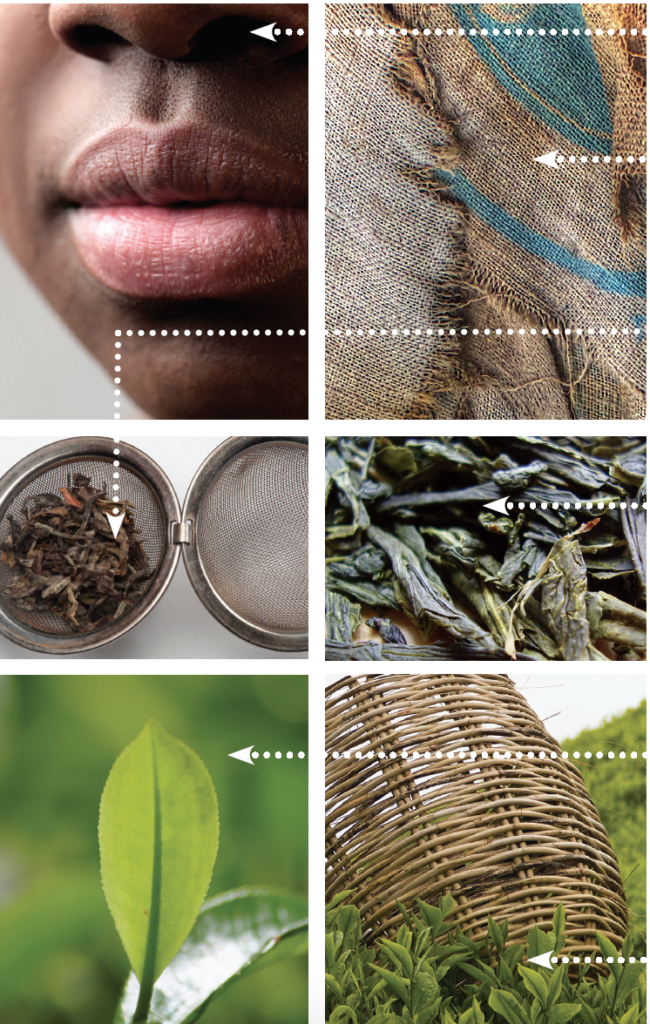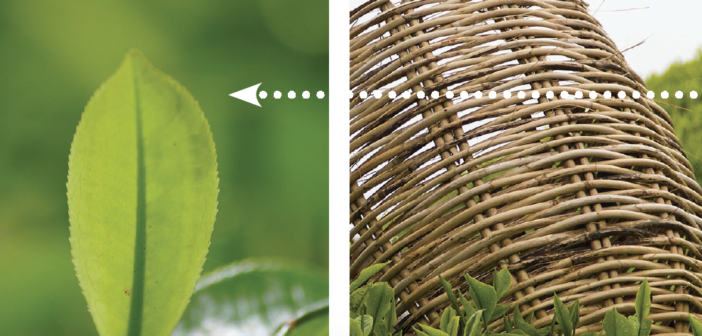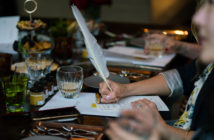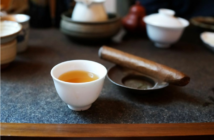Our favorite drink is both simple and sublime—the infusion of botanical ingredients into water is, at its heart, a straightforward process, but the flavors and aromas it creates are amazingly complex. Tea terminology can be mind-bogglingly complex, too. Steep a cup and settle into a Tea 101 Terminology lesson, a guide to deciphering both common and completely bewildering concepts from the world of tea. Let’s dive in!
 ASTRINGENCY A “dry” feeling in the mouth and on the tongue, caused by certain chemicals in brewed tea.
ASTRINGENCY A “dry” feeling in the mouth and on the tongue, caused by certain chemicals in brewed tea.
BAGGY A bad taste like burlap bags; this happens when tea is stored or carried in unlined burlap bags and the scent and flavor transfer to the leaves.
BAKEY A bad taste that’s edging toward burned; this happens when tea leaves are cured at too high a temperature and become too dry.
BANCHA A fairly bold and robust Japanese green tea, made from more mature, larger leaves and sometimes stems, usually harvested in the fall or winter. Bancha is less aromatic, bolder, and more astringent than sencha green tea.
BANJI A Hindi word meaning “sterile,” this refers to two tea leaves with a dormant bud or no bud at all. Too many banji plants lowers the quality of a harvest and the productivity of a tea plantation.
BASKET FIRED A method of preparing green tea that involves putting the leaves in baskets and curing them by firing or drying them by a charcoal fire. This is more typically done with Japanese teas.




